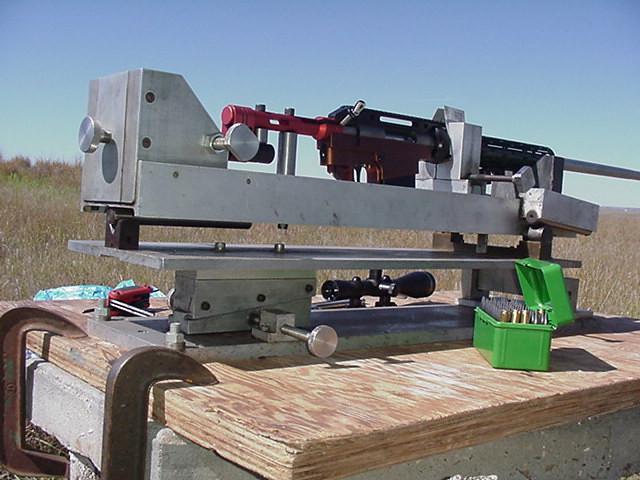First, I'd get some professionals with doctorate degrees in metalurgy and mechanical engineering as expert witnesses. Then let the suit take its course and after winning, leagally pounce on the perpurtrator. How did that suit end up?I know first hand one of the reasons that Shilen is anti-fluting - Law suits - I know of a Shilen barrel that was fluted by a wanna-be-gunsmith that came apart on a customer. The wanna-be-gunsmith fluted it to close to the bore and after the second shot it came apart. We all know what happened next - law suit against the builder and Shilen. How would you respond if you were Shilen?
Same kind of thing happened years ago when Shooter's Choice bore cleaner first came out. Someone used it and his barrel's accuracy went south. He sued Shooter's Choice but SC proved the barrel had so much fouling in its throat and leade from being eroded away and not cleaned properly. The hardened fouling actually had kept the rifle shooting pretty accurate until it had been removed. Shooter's Choice was declared not guilty.
I watched a just-fluted Hart 30 caliber barrel have its rifled bore measured with a Sheffield air gage. The bubble wiggled as the gauging head was pushed under the back end of the flutes then move up a few tenths, then wiggled a little going by the front end then dropping back to where it started for the last couple of inches.
There may well be machining tools and techniques used today that minimally changes bore and groove diameters. I don't know all that stuff. But if one can flute any finished barrel without changing the bore dimensions, more power too them.
One barrel maker insisted that fluting increased a barrel's rigidity or stiffness. He said he had measured how much a solid blank bent down at its muzzle when held horizontally at the breech end. After fluting, the barrel drooped less. That was his proof. He didn't understand that it drooped less 'cause it weighed less. His son went to college to become a mechanical engineer so I hope the kid was able to show his dad that fluting does in fact make a barrel less rigid.

